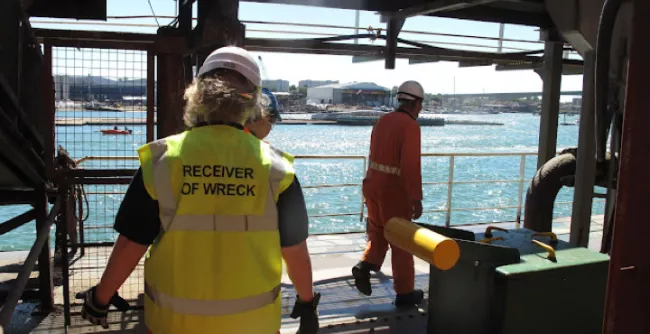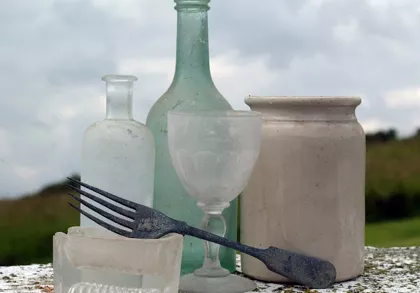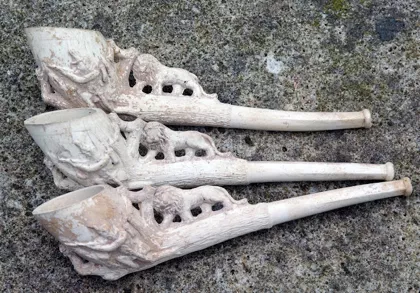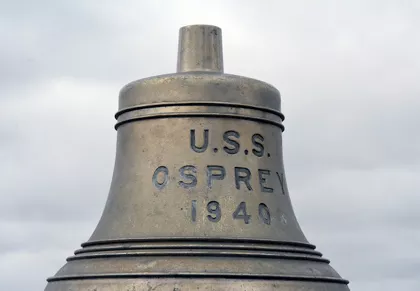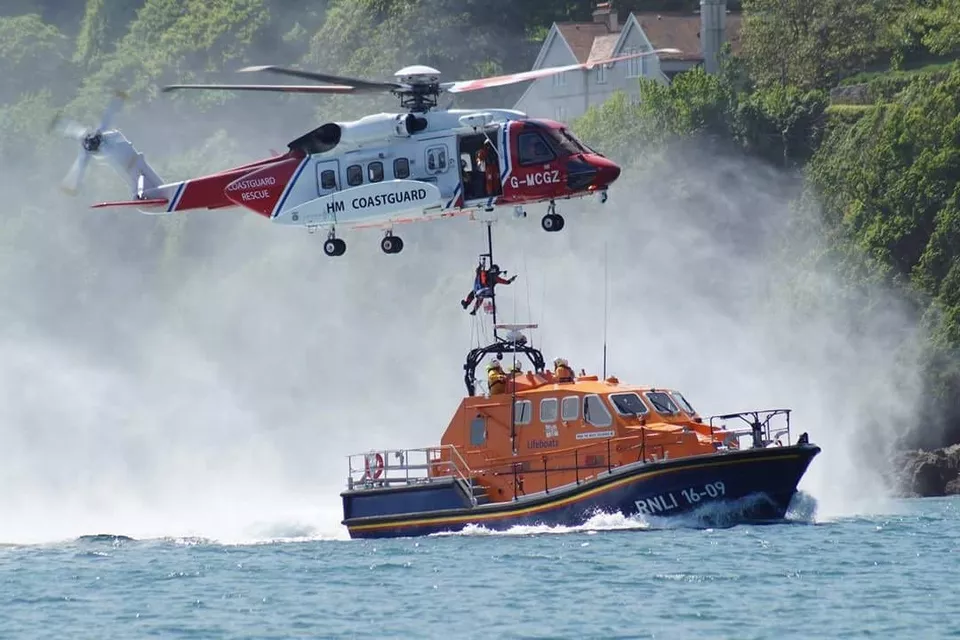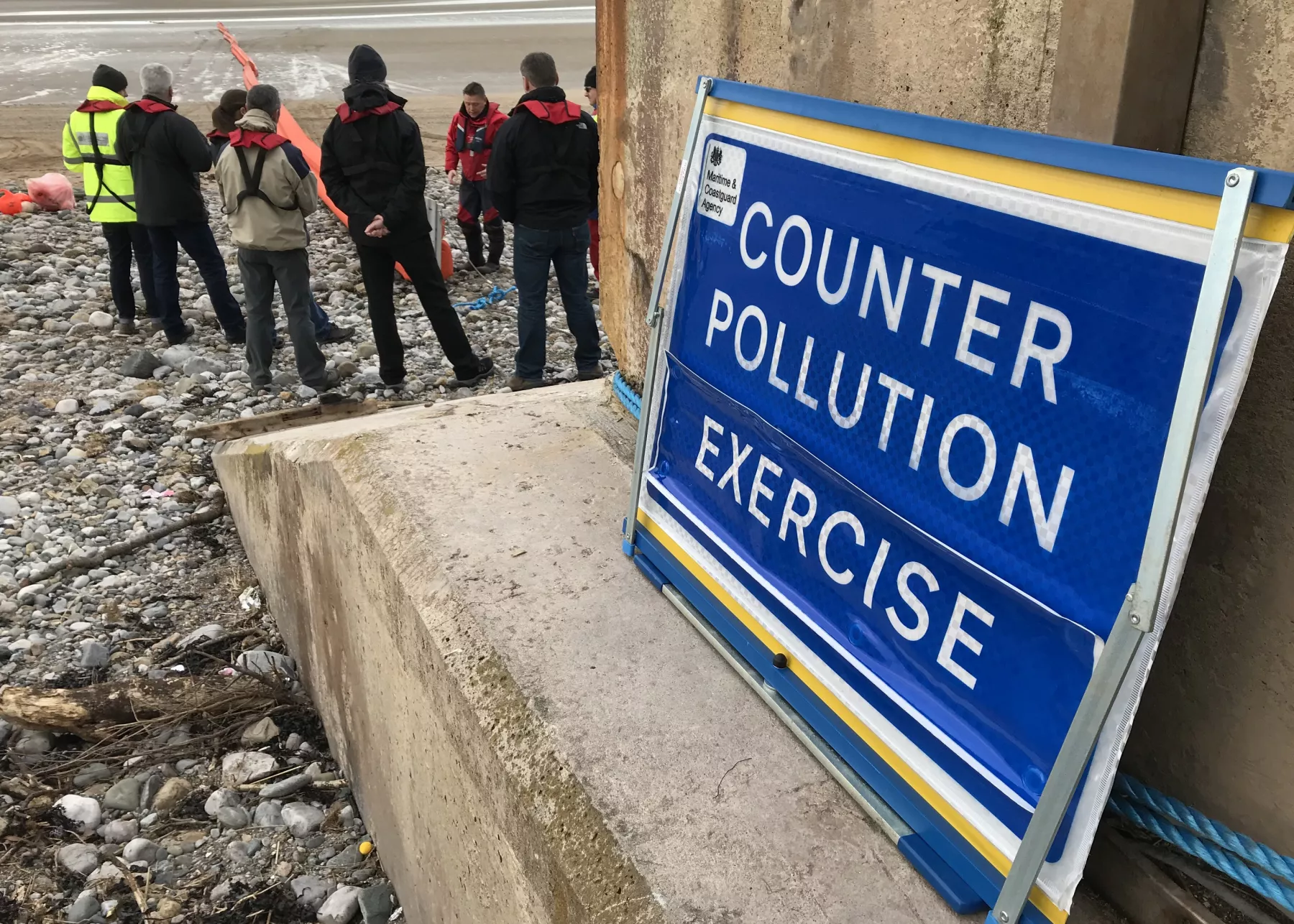In the past decade, almost a report a day was made to the Receiver of Wreck (ROW), the official responsible for administering all wreck material recovered from the UK under the Merchant Shipping Act 1995.
The Receiver of Wreck oversees an enormous area of more than 11,000 miles of UK coastline and UK territorial waters up to 12 nautical miles from shore – covering thousands of wreck sites and millions of square metres of as-yet unsearched ocean.
All items found in UK waters – and wreck brought into UK jurisdiction from outside territorial waters – must by law be reported to the ROW, who then attempts to establish the owner, before liaising with salvor and owner to ensure the interests of both are taken into consideration. Archaeologists and museums are also often involved as interested parties, and a lot of items – through the help and coordination of the ROW team – eventually end up on display in museums around the nation.
But, while the treasure hauls get all the glory in the media, they neither represent the majority of reports made to ROW nor show the breadth of items found in our seas. The range of artefacts is huge from fully intact glass bottles with corks still wedged in place, to cannon balls from different eras and vessels.
The items are always valuable, even when they hold little monetary value, as a snapshot into history and people’s lives – they encourage the imagination to fill in the story. How did a leather shoe, a bone handle, a clay pipe, a leather book cover and a pewter spoon find their way to the seabed? Perhaps it was from the suitcase of a married couple on an migratory voyage to America taking all their worldly possessions with them, only to drop them overboard.
